Known for their flexible branches and pendulous leaves, willows offer unparalleled natural beauty. But did you know that these trees are also incredibly easy to propagate by cuttings? In this tutorial, we will guide you through the process of propagating willows, a method that allows you to create new trees from simple cut branches. Get your pruning shears ready, as we discover how to propagate willows and transform a simple branch into a magnificent growing tree.
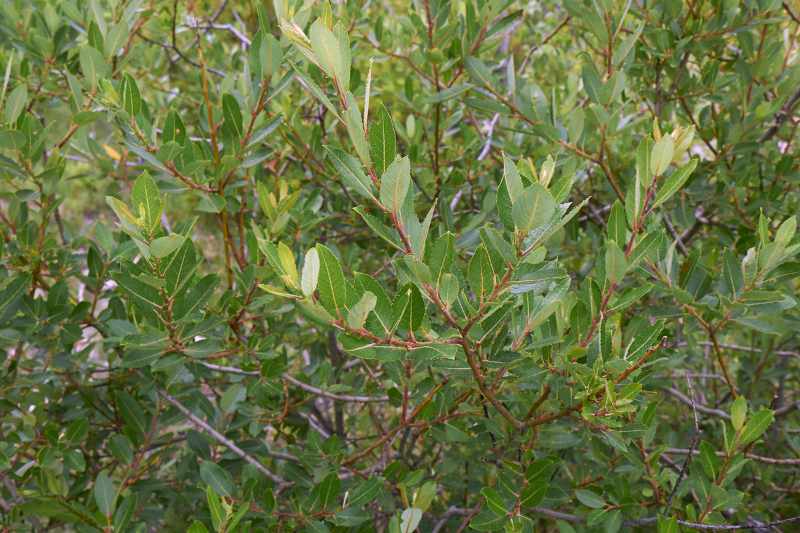
Willows or Salix: a diverse botanical genus
The botanical genus Salix, willows, belongs to the Salicaceae family. This genus includes around 360 species of plants, primarily trees and bushes. Willows are widely distributed around the world, but most species are found in temperate and cold regions of the Northern Hemisphere.
Willows generally grow near water and prefer moist soils. This is due to their deep and extensive root system, which constantly seeks water. Willows are also dioecious plants, meaning that male and female flowers are found on separate trees. The flowers are grouped in aments and typically appear in spring.
In our ecosystems, willows play a vital role. They stabilise soils near rivers and lakes, preventing erosion, and provide food and habitat for many animals, including insects (notably due to their early spring flowering), birds, and mammals.
In our countryside, willows play a vital role in their ecosystem. They stabilise soils near rivers and lakes, preventing erosion, and provide food and habitat for many animals, including insects (notably due to their early spring flowering), birds, and mammals.
Our native willows include, among others, the White Willow, Basket Willow, Goat Willow, Ear Willow, the Grey Willow, Crack Willow... But in our gardens, you will encounter other species and varieties of willows: such as weeping willows (yes, "the" as there are several), Golden Willow, Twisted Willow, the Woolly Willow or even... the Shrimp Willow.
Discover all our varieties of willows in our online nursery.
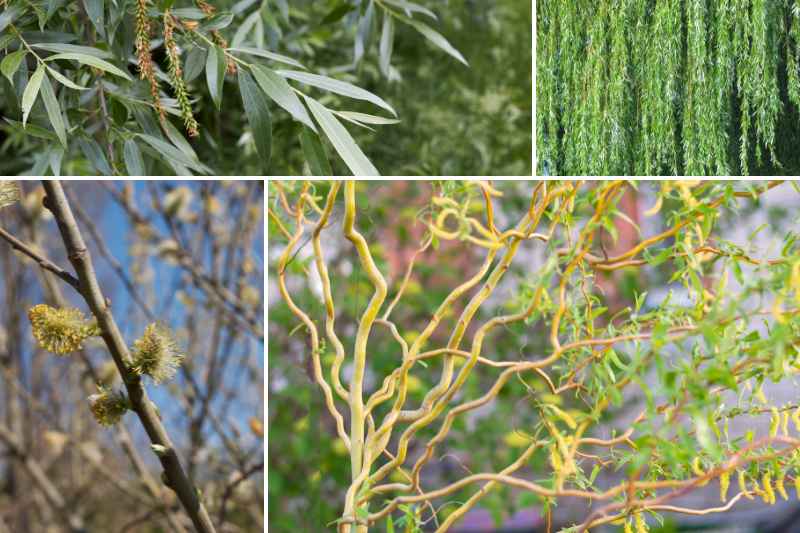
When to propagate willows?
The best time to propagate willows is from late winter to early spring (late February to April, depending on the climate). At this time, the tree is still dormant, but temperatures begin to warm up, promoting root growth. Alternatively, early autumn can also be a good time to propagate, especially if the winter is mild.
In general, avoid propagating during periods of frost or extreme drought. Moderate and moist conditions are most conducive to successful willow propagation.
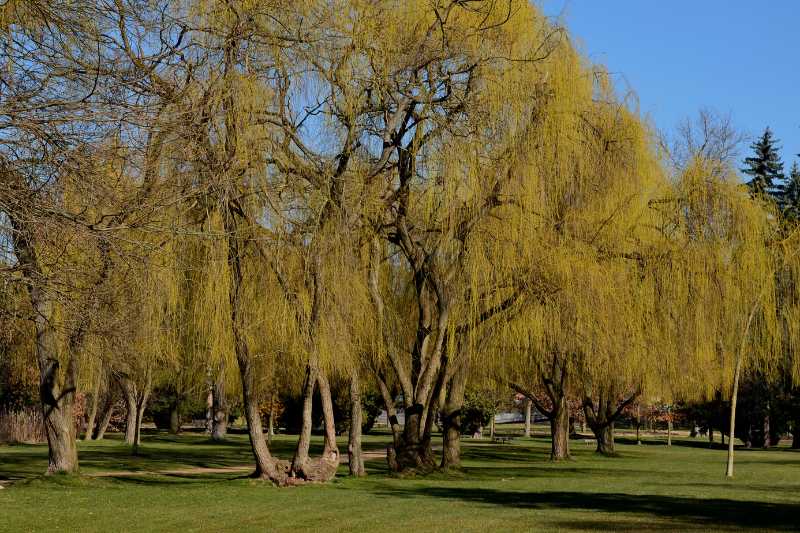
How to propagate willows?
Directly in the ground
- Choose a vigorous and healthy branch about a year old, preferably without signs of disease or damage. The cutting should measure about 20 to 30 cm in length.
- Cut the branch using clean, sharp pruning shears, making a clean diagonal cut just below a node.
- Remove the lower leaves and buds, leaving a few leaves at the top if it’s spring or summer.
- Dig a hole about 10 to 15 cm deep in full sun or partial shade.
- Insert the cutting into the hole, ensuring that a few nodes (leaf insertion points) are buried.
- Lightly firm the soil around the cutting and water well to establish good contact between the soil and the cutting and encourage root growth.
- Water regularly.
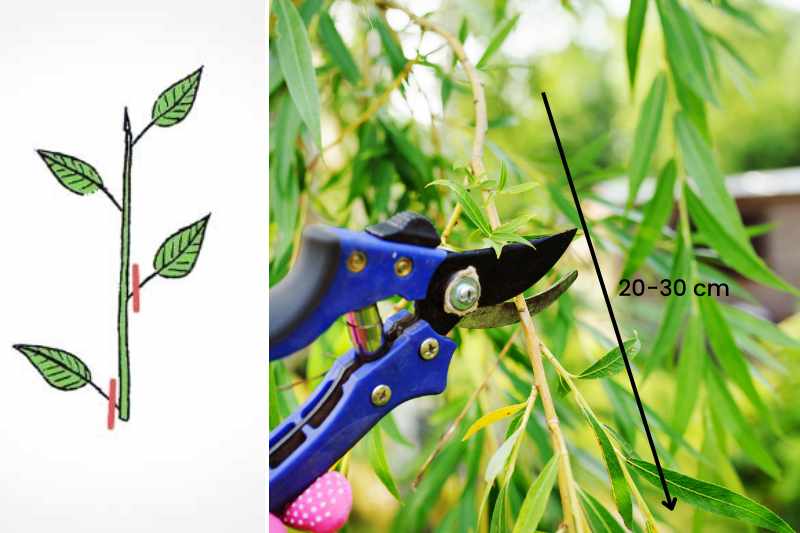
In a pot
- The selection and harvesting of the cutting is done in the same way as previously.
- Fill a pot with drainage holes with a mixture of potting soil and sand or perlite to ensure good drainage. A special "sowing" compost is also an excellent option.
- Make a hole in the compost with a pencil or stick, then insert the cutting into the hole, burying a few nodes (where you removed the leaves) and lightly firm the soil around it.
- Water the pot well to establish contact between the cutting and the soil and encourage root growth.
- If desired, you can place a plastic bag or glass cloche over the pot to maintain humidity and create a greenhouse effect.
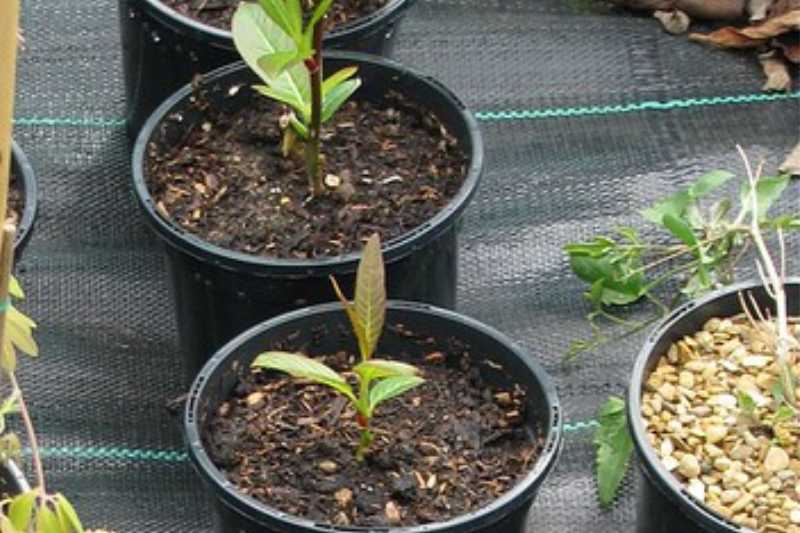
In water
Propagating willows in water is entirely possible. It is a simple and effective method that can be fun and educational, as you can observe root development directly through a transparent container. A great activity to try with your children!
- The selection and harvesting of the cutting is done in the same way as previously.
- Take a vase, jar, or another clean, transparent container. (Personally, I use a large German beer mug of 50 cl.)
- Fill the container with fresh water and submerge the cutting, ensuring that several nodes where you removed the leaves are immersed. Make sure the top part of the cutting remains above the water using kraft paper or aluminium foil. Simply place the paper over the opening and then pierce a hole in it for the cutting to pass through.
- Place the container in a bright spot but out of direct sunlight to encourage growth without drying out the cutting.
- Change the water as soon as it starts to become cloudy. Clean water encourages healthy root growth.
- Once the roots have reached a length of at least two or three centimetres, the cutting is ready to be planted. This takes only a few weeks.
Do all willows propagate easily?
The vast majority of willow species do indeed propagate very easily. However, a few species are a bit more delicate to propagate (but not impossible!). This is particularly true for Goat Willow (contrary to what is sometimes stated...) or Ear Willow. However, there’s no need to worry, as these species reproduce extremely well by seed.
Necessary materials
For propagation in the ground or in a pot:
- Pruning shears or garden scissors: To cut the cutting cleanly and precisely.
- Pot with drainage holes (if in a pot): To encourage good drainage and avoid overwatering.
- Potting soil and sand or perlite: To fill the pot if you are propagating in a pot.
- Stick or pencil: To make a hole in the soil/substrate to insert the cutting.
- Plastic bag or glass cloche (optional): To create a microclimate that encourages humidity if desired.
- Labels: If you are propagating different varieties, labels help to identify them.
For propagation in water:
- Pruning shears or garden scissors: To cut the cutting.
- Vase, jar, or other transparent container: To place the cutting in water and monitor root growth.
- Fresh water: To submerge the cutting.
































Comments